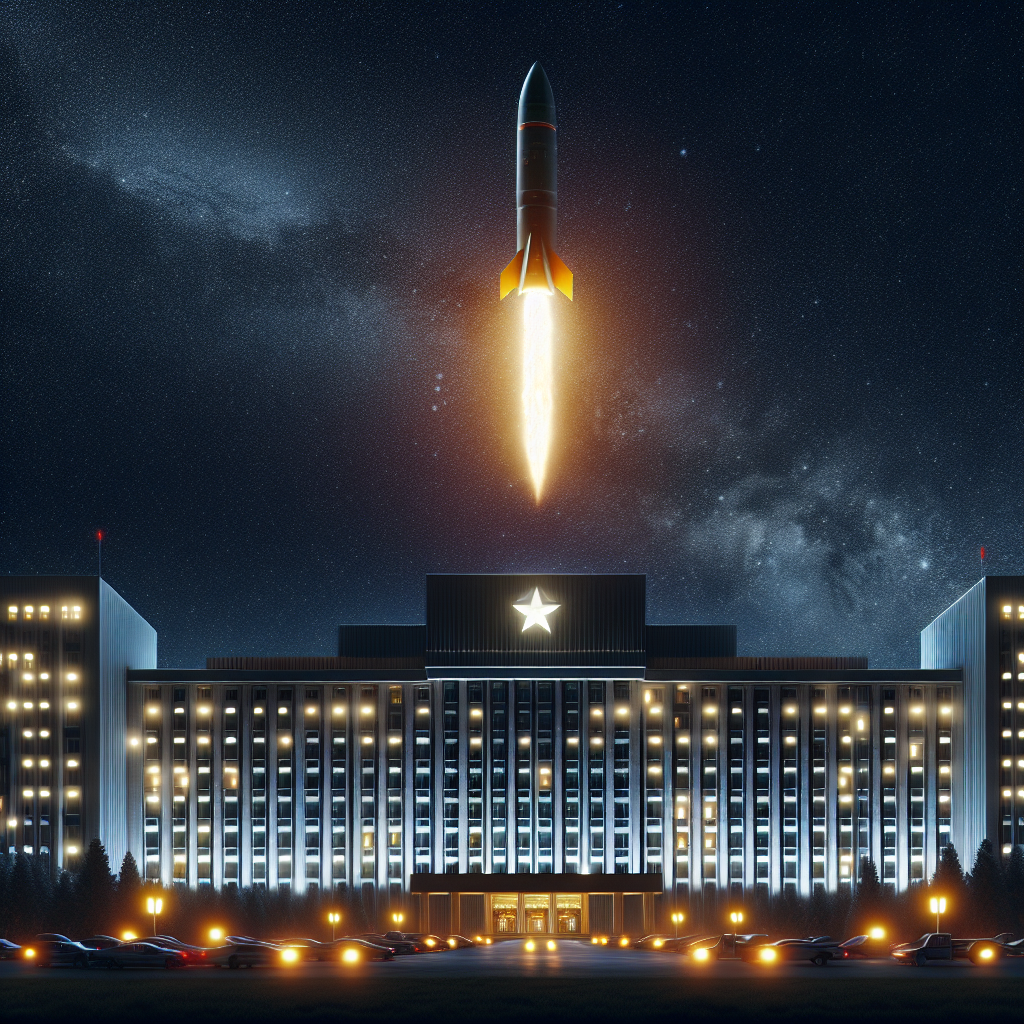White House Stands Firm Against Russia’s New Missile Threat
White House Stands Firm Against Russia’s New Missile Threat
Introduction
The White House has taken a resolute stance in response to Russia’s latest missile developments, emphasizing the importance of global security and diplomatic efforts. This move comes amid rising tensions and concerns over international stability.
Key Developments
- New Missile Technology: Russia has unveiled advanced missile systems, raising alarms about potential shifts in the global power balance.
- U.S. Response: The White House has reiterated its commitment to countering any threats posed by these developments, emphasizing the need for strategic defense measures.
- Diplomatic Efforts: The U.S. is actively engaging with allies to form a unified response, highlighting the importance of international cooperation.
Strategic Implications
The introduction of Russia’s new missile technology poses significant challenges to existing defense systems and necessitates a reevaluation of current security strategies. The U.S. is focused on:
- Enhancing missile defense capabilities to protect national and allied interests.
- Strengthening alliances through joint military exercises and intelligence sharing.
- Exploring diplomatic channels to mitigate the risk of escalation.
Global Reactions
International reactions have been mixed, with some countries expressing concern over the potential for an arms race, while others call for renewed dialogue and arms control agreements. Key points include:
- NATO’s Position: NATO has expressed solidarity with the U.S., emphasizing the need for collective defense.
- China’s Stance: China has urged restraint and called for diplomatic solutions to prevent further tensions.
- European Union’s Role: The EU is advocating for renewed arms control discussions to ensure long-term peace and stability.
Conclusion
The White House’s firm stance against Russia’s new missile threat underscores the critical importance of maintaining global security and stability. By prioritizing defense enhancements, diplomatic engagement, and international cooperation, the U.S. aims to address these challenges effectively. The situation remains dynamic, with ongoing developments likely to shape future geopolitical landscapes.















